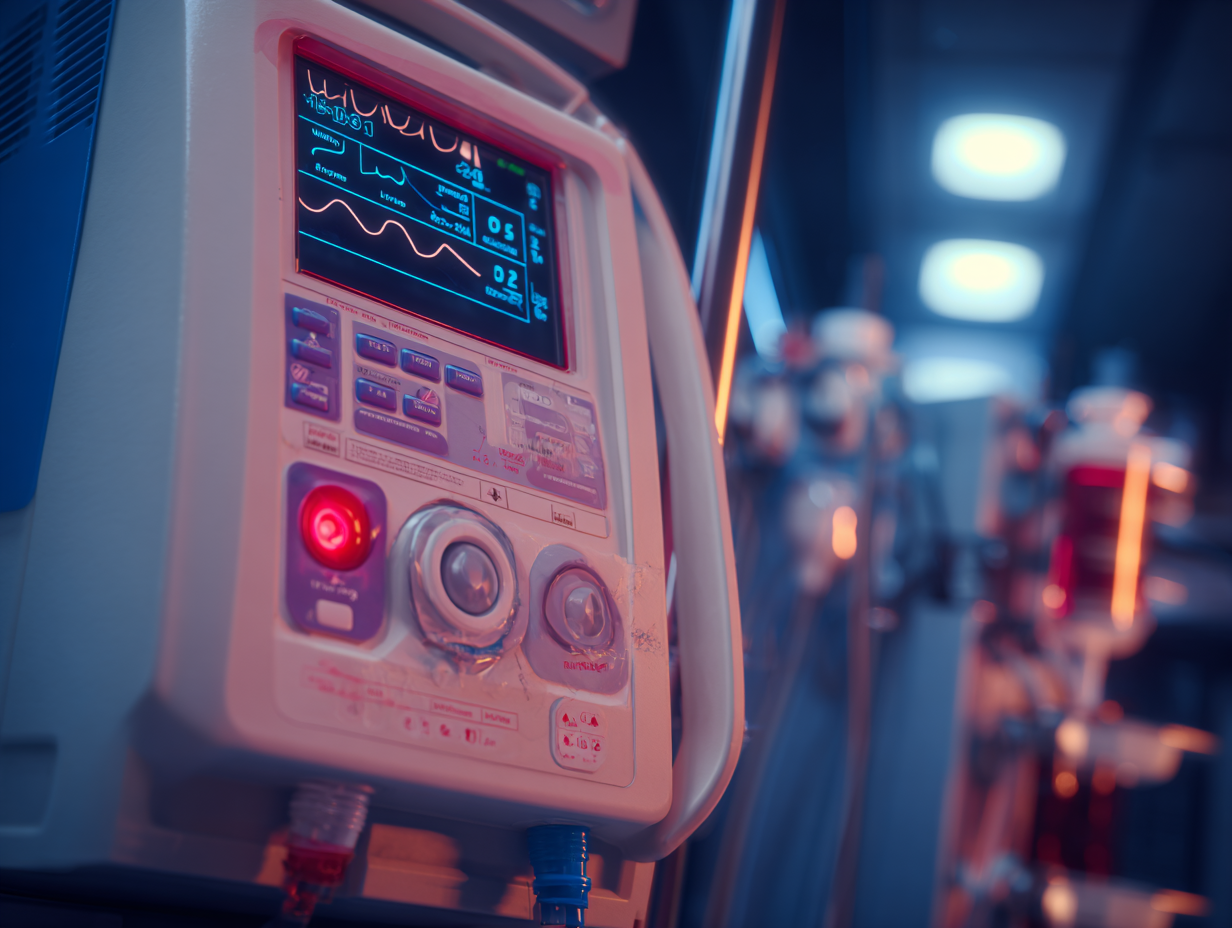Although the global pandemic is officially over, it has left a permanent mark on the healthcare landscape, reshaping the dynamics of hospitals in the United States. While staffing crises often dominate the headlines, healthcare institutions face an underlying financial crisis that remains largely underreported.
In 2022, a startling half of all U.S. hospitals concluded the year with a negative margin. Due to factors like elective surgical volume challenges, shifts in payer mix, and the migration of high-margin services from inpatient to ambulatory settings, this appears to be a sustained trend rather than an isolated incident. Without intervention, the future for healthcare institutions looks bleak, with current projections anticipating a 4 to 5 percentage-point drop in operating margins by 2027.
Maintaining financial stability is not merely a question of economic survival, but a necessary condition to fulfill the hospital’s mission: serving their communities and saving lives. Thus, it’s imperative for healthcare leaders to search for innovative strategies to bolster hospital finances, acting preemptively to avert potential losses.
One road to positive margins is implementing a program that cannot be moved to an outpatient setting, such as Extracorporeal Membrane Oxygenation (ECMO). A life-saving treatment for critically ill patients with severe respiratory or cardiac failure, ECMO has existed for more than five decades. Yet, despite significant technological advancements and improved outcomes, its reputation and acceptance have lagged behind due to persistent myths and misconceptions about its outcomes and its impact on hospital operations and costs. Maintaining these misconceptions is a costly mistake for hospitals—not only in terms of missed financial opportunities but, more importantly, in terms of patient lives.
It is important to dispel these myths and unlock the opportunities for patients and hospitals by course-correcting the approach to ECMO.
Myth 1: ECMO is a drain on financial resources.
ECMO is a cost-effective and financially viable treatment, capable of generating a significant return on investment and contributing to a hospital’s overall financial growth and success. The addition of an ECMO program is a logical progression for tertiary centers and is less labor and capital intensive than many other types of new clinical programs.
ECMO care has one of the highest reimbursement rates of any hospital-provided service. For Medicare admissions, ECMO receives the third-highest DRG payment possible, and in many states, Medicaid reimbursement is often the highest reimbursed DRG. The net revenue of ECMO is often hundreds of thousands of dollars per patient for Medicare and Medicaid and can be much higher with commercial payers.
When ECMO is correctly billed with guidance from experienced clinicians, implementing an ECMO program can be financially sustainable with only a handful of ECMO runs. Every hospital has a unique payer mix and reimbursement model, but hospitals can typically recoup the yearly cost of staffing support with just a few ECMO patients. As the volume of ECMO cases rises, the anticipated financial gains follow suit, further enhancing the program’s profitability.
An ECMO program also provides a halo effect to hospitals by driving referrals and transfers for other high-margin services such as cardiovascular surgery, trauma, critical care, and neonatology. By building on the current infrastructure foundation, an ECMO program enhances critical care services and positions the hospital as a leader in medical innovation. ECMO elevates the Case Mix Index and hospital acuity, which positively impacts hospital financials. As a component of scoring for the US News & World Report hospital ranking system, an ECMO program will elevate the hospital’s national reputation, attracting high-caliber medical professionals and discerning patients who seek the most advanced care options.
Myth 2: ECMO is too complex.
Though ECMO is a highly specialized technology, with the right support and training, hospitals can successfully establish and manage an ECMO program. By partnering with experienced ECMO program developers, most ECMO programs can be up and running in under 60 days and transitioned to be fully independent in under 24 months. Existing intensive care nursing and respiratory therapy staff can be trained to be ECMO specialists in only a few months. This additional training is a great staff retention strategy as it adds to the clinical ladder with additional clinical scope and compensation for staff. Many providers are now educated on ECMO as part of their training and are only looking to work at centers with ECMO capability to maintain those skills.
Compared to the extensive requirements and lengthy timelines often associated with becoming a trauma or comprehensive stroke center, the establishment of an ECMO program is far less complex, allowing hospitals to swiftly integrate this life-saving therapy into their offerings. Due to the uniqueness of ECMO, involving partners that can adapt to a hospital’s unique training and staffing needs can accelerate growth and adoption.
Myth 3: ECMO has poor survival.
Like most new medical technologies, ECMO was initially used on patients who had little hope of survival. By starting with the sickest of the sick, ECMO became associated with poor patient outcomes. Since then, survival rates have increased significantly due to ongoing research and innovation, improved equipment, and enhanced clinician training. According to a recent study published in the Journal of Thoracic and Cardiovascular Surgery, five-year survival rates among ECMO patients was 73 percent for veno-arterial (VA) ECMO and 71 percent for veno-venous (VV) ECMO. These figures demonstrate a striking contrast to the survival rates observed in the earlier days of ECMO, when the technology was less advanced and clinical understanding was still emerging.
Additionally, a wealth of recent research has shown that ECMO confers a significant survival advantage over conventional treatments. A 2019 meta-analysis showed that patients with severe acute respiratory distress syndrome (ARDS) who received conventional treatment with mechanical ventilation had a worse 60-day mortality rate (47 percent mortality) compared to patients who received ECMO (34 percent mortality). Another meta-analysis compared ECMO to traditional CPR amongst patients with ventricular fibrillation (VF) and found that patients who received ECMO had a significantly higher rate of returning to normal heart functioning (95 percent) compared to patients who did not receive ECMO (47.5 percent). A randomized study also found that patients receiving ECMO/ECPR for cardiac arrest had a more than four times higher rate of intact neurological hospital discharge (40%), compared to patients who did not receive ECMO (7.5%).
With improved ECMO survival rates, there is a significant opportunity to save lives that is currently being missed. It is estimated that as many as 1 million Americans could benefit from ECMO every year, yet only about 10,000 are being treated—this represents a mere 1 percent of the potential patient population! If even half of the 1 million potential patients received ECMO treatment, we could save 1,000 American lives every day.
ECMO has come a long way in recent years, both in terms of outcomes and the financial and operational realities it delivers for hospitals. In light of these considerations, it’s time for healthcare leaders to take a fresh look at ECMO. The myths that once clouded its potential have been debunked, replaced by compelling evidence of its financial viability, ease of implementation, and positive impact on saving patient lives.
With this transformative perspective on ECMO, we invite healthcare leaders to rethink their strategies and consider how ECMO can fortify their hospital’s future both medically and financially. The time to act is now—your patients, staff, and bottom line stand to benefit.




